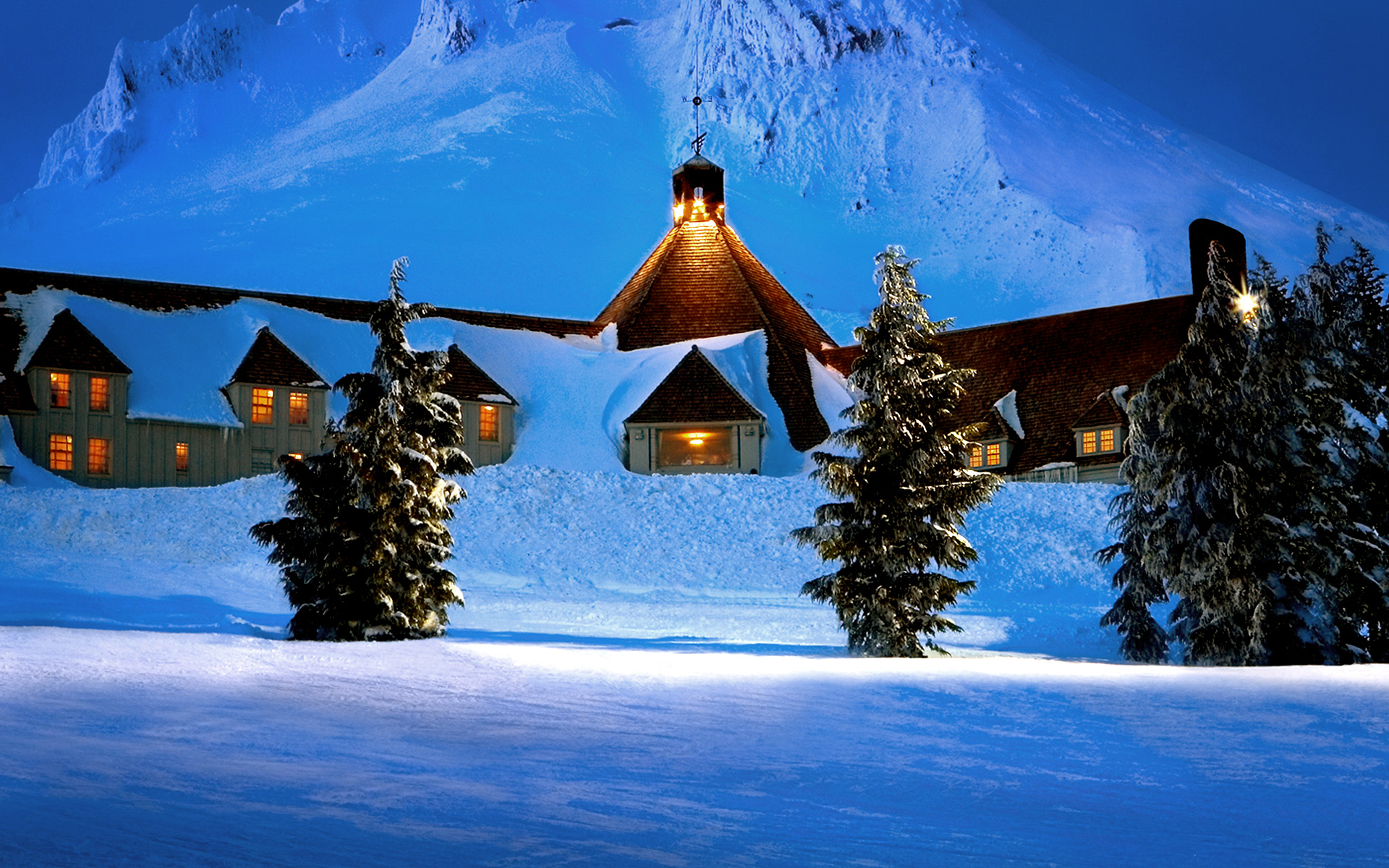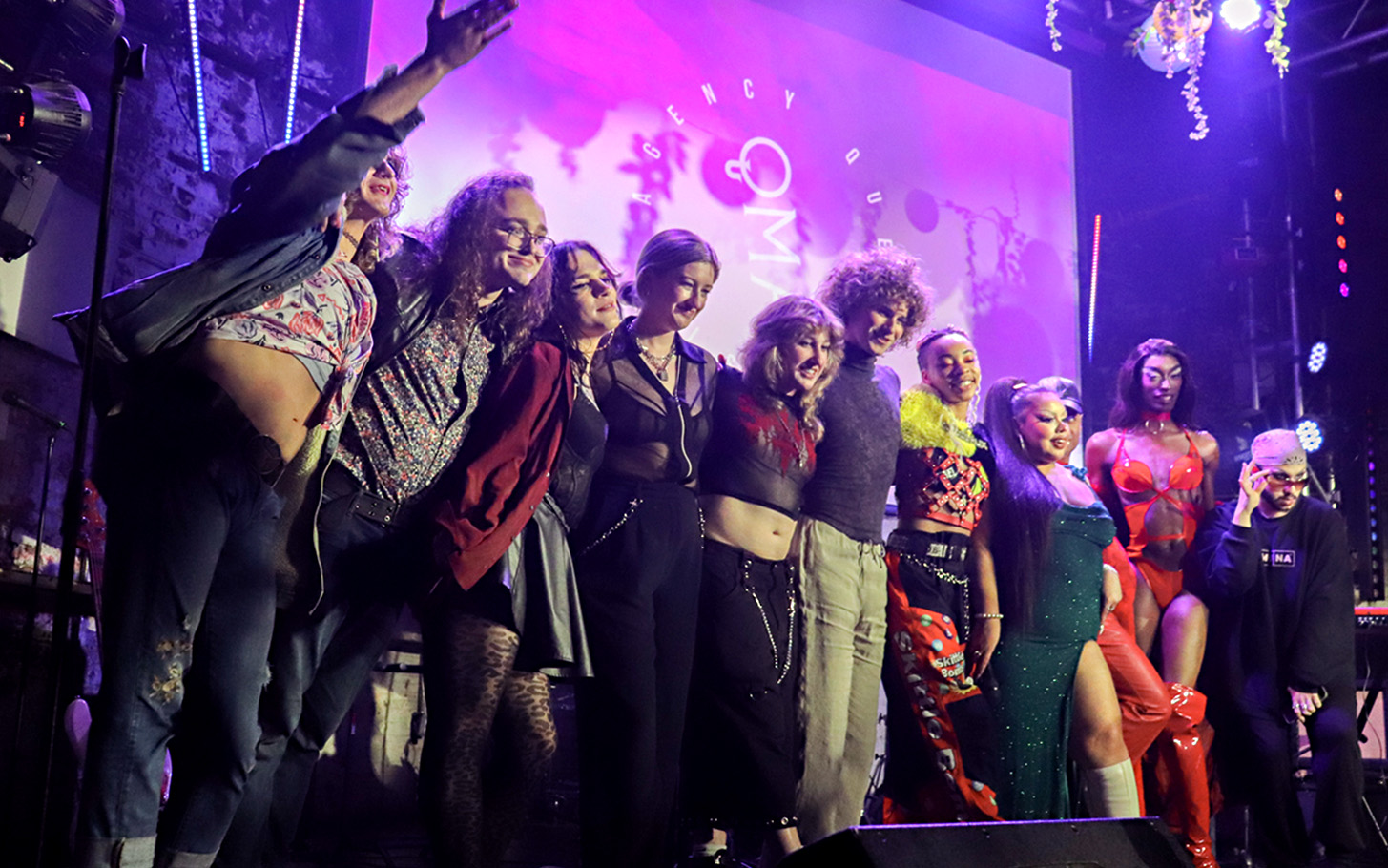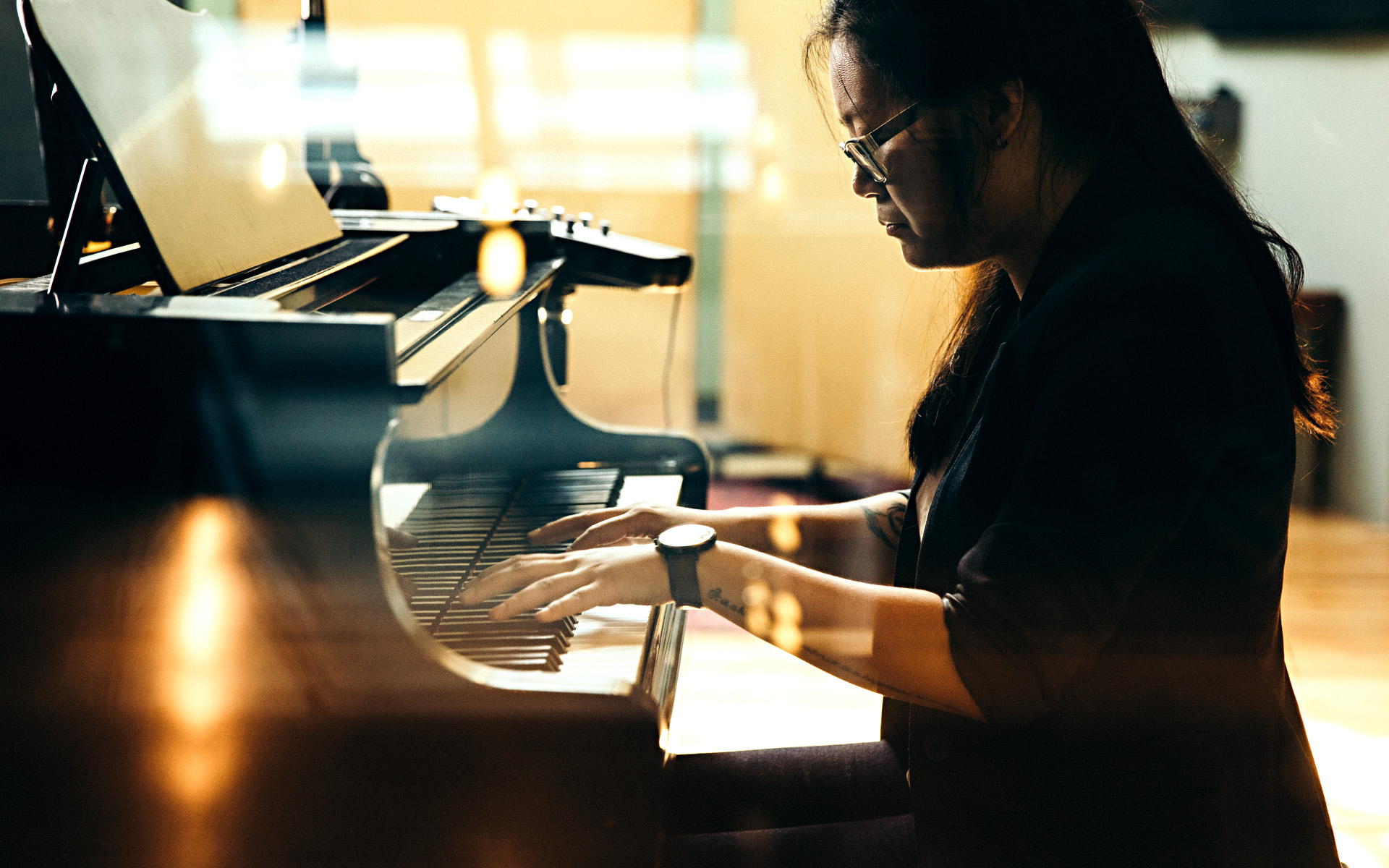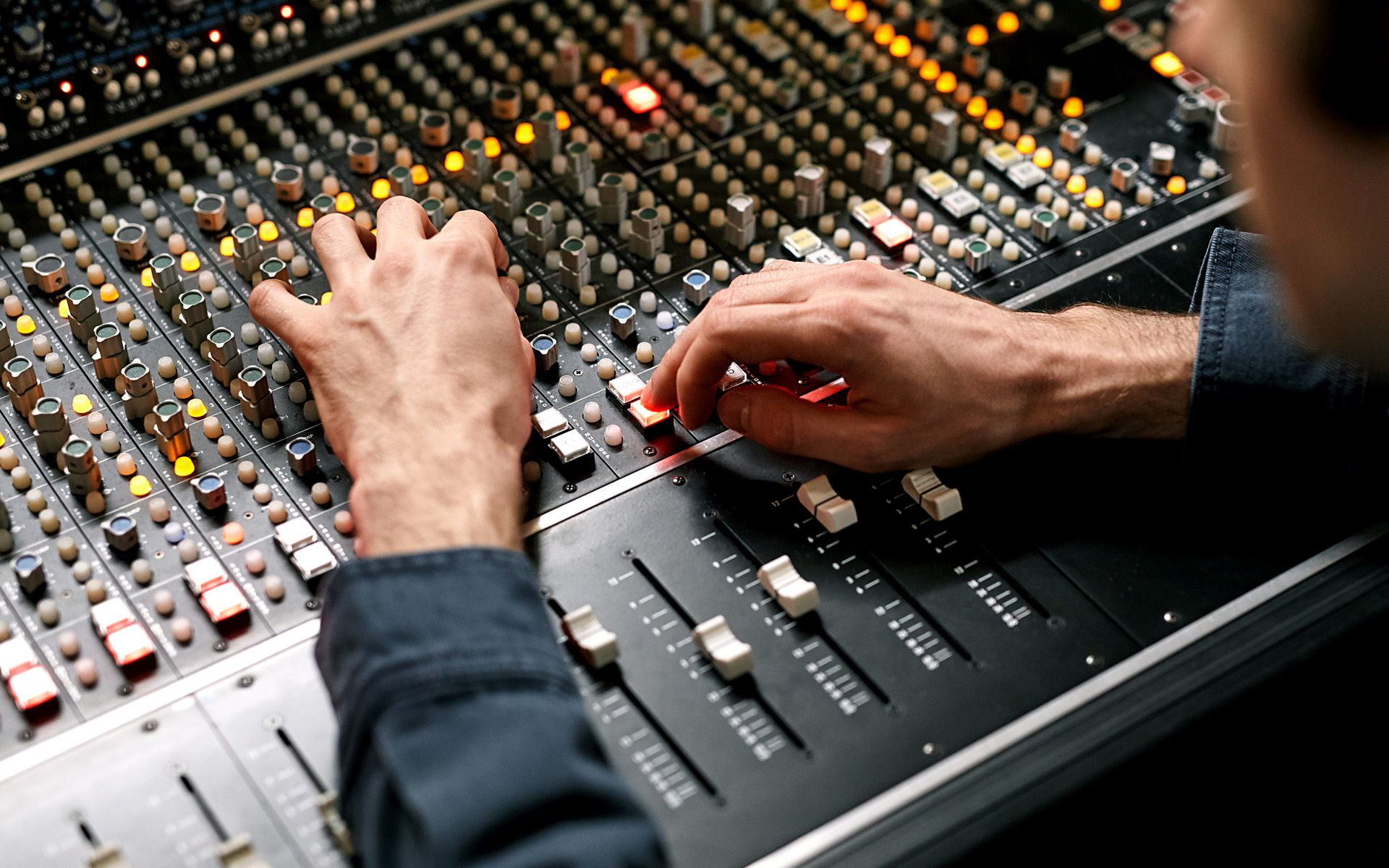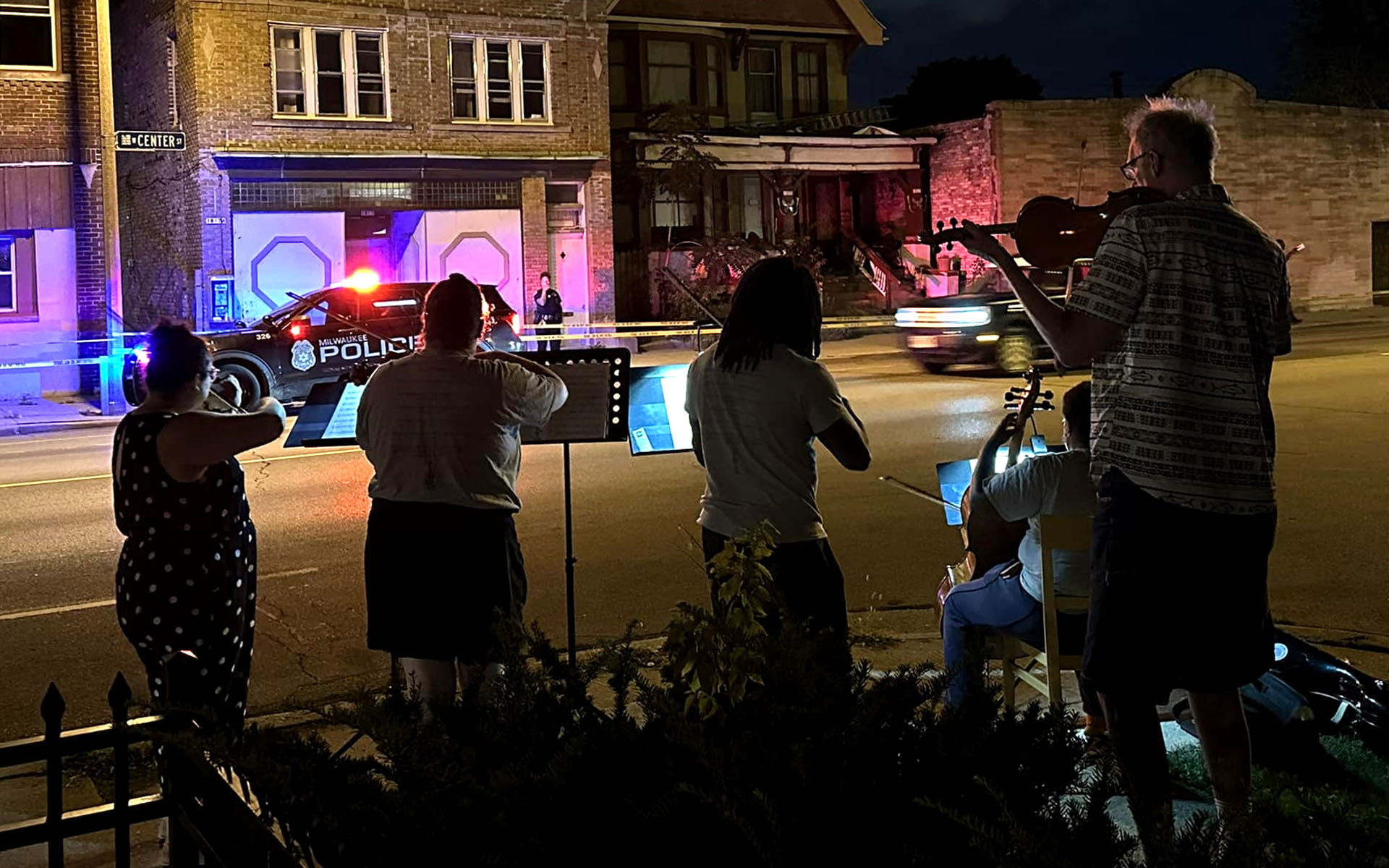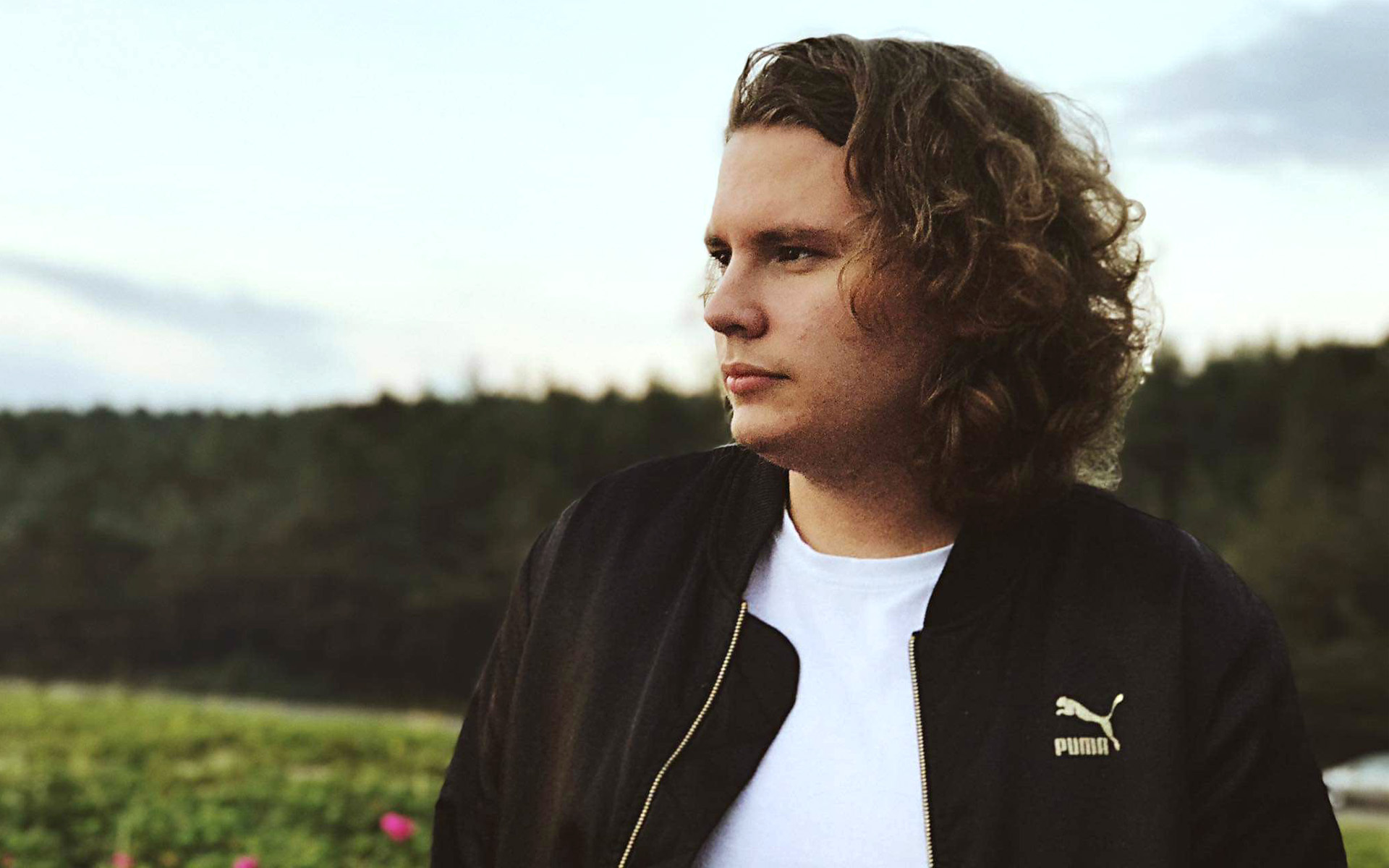How Wendy Carlos and Rachel Elkind Turned a Medieval Chant into One of Film’s Most Unnerving Themes
The following information on horror music from The Shining is excerpted from the Berklee Online course Music Composition for Film and TV 1, written by Ben Newhouse, and currently enrolling.
In many ways, the idea of using twentieth-century concert music to elicit fear and suspense in film was pioneered by The Shining—a wildly successful film in the genre, and one that included music by Bartok, Penderecki, Gorecki, and other twentieth-century composers in the soundtrack. Here we’ll look at the main title sequence from The Shining, scored by Wendy Carlos and Rachel Elkind, examining melody, tone color, tempo and rhythm, harmony, and time associations.
Melody
The main title in The Shining uses a traditional melody known as “Dies irae.” Translated from Latin as “day of wrath,” it is a somber chant dating back to the Middle Ages. The melody was originally used as part of funeral church services.
In classical music, the “Dies irae” melody has been used by composers to symbolize death, perhaps most prominently in Symphonie Fantastique by Hector Berlioz.
In film scoring, the melody has been used by multiple composers as an emotionally dark theme or leitmotif. In The Shining, the use of “Dies irae” in the main title foreshadows the ominous nature of the story. Set in Dorian mode, the first phrase begins on scale degree 3 and works its way around to scale degree 1. The second phrase begins on scale degree 5 and ultimately resolves to scale degree one. Carlos and Elkind placed the melody in the key of B♭.

Tone Color
Carlos and Elkind placed the melody in low register synthesized brass. The brass tone color enhances the ominous character of the melody. In between phrases of “Dies irae,” Carlos and Elkind created ambient collages of creepy sounds. The texture includes highly processed vocals and exotic percussion layered above a synthesized low drone. The passages are particularly creepy, an emotional result achieved by the unique instrumentation and creative effects processing.
Tempo and Rhythm
The main title is performed at a very slow tempo of approximately 56 BPM. “Dies irae” uses a plodding rhythm of steady quarter notes. The effects passages are particularly free rhythmically, seeming to float by without any sense of pulse. It is somewhat common for horror cues to have little or no pulse.
Harmony
Carlos and Elkind placed a low drone beneath the “Dies irae” melody, strengthening the sense that B ♭ is tonic. The melody isn’t otherwise harmonized, with the only sense of harmony coming from the low drone and the melodic scale. As we established earlier, the melody uses Dorian mode—B♭-C-D ♭-E ♭-F-G-A ♭.
The vocal/synth passages introduce chromaticism and dissonance beyond these initial harmonies. First, the vocal line makes prominent use of pitches outside B Dorian mode, including D♮ and E♮. Second, the vocal processing introduces frequencies outside our system of equal temperament. In essence, the vocal effects could not be performed on a traditional piano, as the effects use frequencies that don’t correspond to the 12 pitches of the piano keys.
In the vocals, a note may start on an F♮ and then bend towards an E♮, touching on all frequencies in between those two notes. The result is creepy and strange to our ears, eliciting emotions of tension and fear.
Time Associations
Listeners have a variety of associations that link certain musical ideas to specific times and locations. In The Shining, Carlos and Elkind use several ancient musical ideas. As we discussed, “Dies irae” is a melody dating back to the thirteenth century or earlier. The “melody plus drone” structure was common in chant and other historical musical styles. The vocals and percussion have a primitive tone color. All of these characteristics are associated with ancient and primitive times.
Simultaneously, several aspects of the music are perceived as modern and futuristic. The synthesizers are recently invented instruments. Sure, they were invented in the twentieth century, but that’s still “recent” when we’re also including the thirteenth century in this discussion! Electronic instruments of all kinds are still often perceived as modern and contemporary. The vocal processing effects—pitch bending, echoes, delays, vocoders—are recently developed recording techniques.
From the listener’s perspective, the music seems to exist simultaneously in the past and the future. Or perhaps time simply doesn’t exist and all musical ideas are present at once. This phenomenon mirrors the plot of the film, which was released in 1980. The setting shows modern cars, clothing, and televisions. The audience believes the story is set in something not too far off from the present day. Then—Spoiler Alert!—at the end of the film, the main character is shown in a ballroom photograph dated July 4, 1921.
How did the main character get into a photograph that is more than 50 years old? Regardless of our interpretation, it is clear that time is not behaving normally in the story. And regardless of our interpretation, it is clear that our typical associations of time and music are being challenged by the score in The Shining.
STUDY FILM COMPOSITION WITH BERKLEE ONLINE





